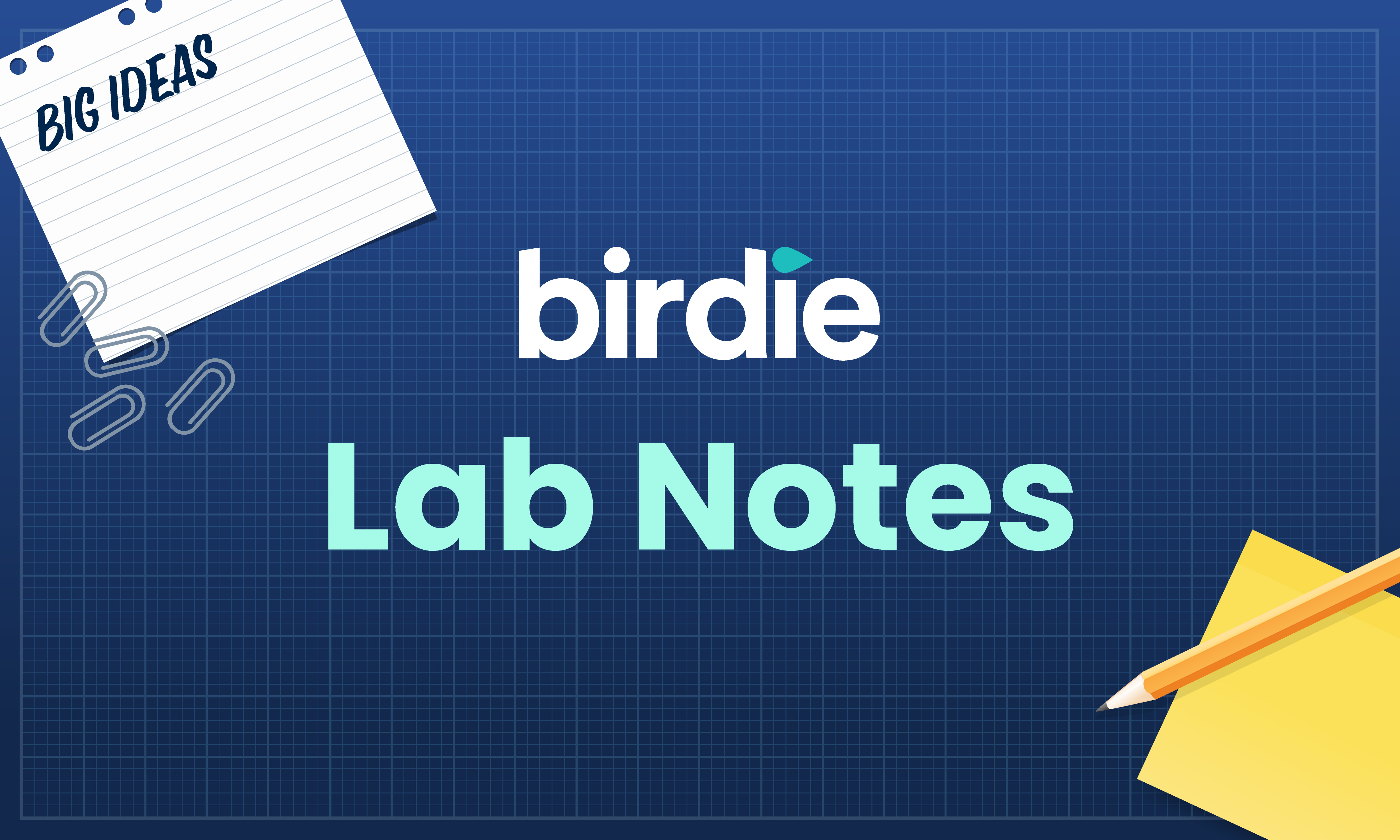Table of contents
What is your current onboarding process for new team members like? If it’s still a little haphazard, relying on the new starter to ‘figure it out as they go’, then you’re not alone.
Many domiciliary care businesses in the UK struggle with understanding how much (or how little time) should go into the onboarding process. For the agencies that get it right, the impact is incredible - 9/10 team members that receive a good onboarding experience stay in the role for longer. This means they go onto deliver better care and improves the overall standing of your agency.
However this doesn’t mean as a business you have to spend months slowly ramping up new starters to get that same impact - this article aims to dissect the most common time-consuming mistakes in onboarding, and propose solutions you can incorporate into day-to-day operations to make the whole process more efficient and effective.
Common Time Wasters in Onboarding
- Overlooking Pre-Onboarding: Not utilising the period between job acceptance and the first day can lead to a delayed start in actual work. Many agencies wait until the new joiner has started before sending out introductory materials on how things work and what they can expect when they join the business. Some agencies don’t do these things at all.
- Ad-hoc Introductions and Visits: Throwing random shadowing shifts or team meetings into someones first week because you don’t have a system is a sure fire way to actually increase the amount of time it takes for someone to feel grounded and ready to go. It also puts existing team members under pressure as new meetings appear in the diary without context.
- Ineffective Training Approaches: Relying solely on traditional, lecture-style training can be time-consuming and less engaging. On-the-job training can be more effective, but if improperly planned can lead to a chaotic start that leaves everyone involved feeling overwhelmed.
- Underestimating the Power of Mentorship: Lacking a mentorship program - where one member of the team is accountable for the new starter - can prolong the time it takes for new hires to become fully productive.
- Ignoring Feedback Mechanisms: Not having a system to gather feedback from new hires can miss opportunities to improve the onboarding process. Not to mention raises the risks of losing people, and getting negative reviews on social media…!
Solutions for efficient onboarding
1. Understanding pre-onboarding essentials
Maximise the pre-onboarding phase by preparing new hires before their first day. This could include digital onboarding packs, introductory videos about your organization, and necessary paperwork. This not only saves time but also helps new hires feel prepared and valued.
What is Pre-Onboarding?
- Pre-onboarding refers to the process that starts from the moment a candidate accepts the job offer until their first day of work.
- It's an opportunity to engage with new hires, convey company culture, and provide essential information.
Examples and First Steps:
- Send a welcome email with details about the company, team, and what to expect on the first day.
- Provide access to an online portal where they can complete administrative tasks like filling out HR forms.
- Share an introductory video about your company, explaining the mission, values, and structure.
External Reference:
2. Innovative training strategies
What are Innovative Training Strategies?
- These strategies involve a mix of traditional and modern methods, such as e-learning, interactive sessions, and gamification, to make the training process more engaging and efficient.
Examples and First Steps:
- Use e-learning platforms like Moodle for online training modules.
- Incorporate interactive elements like quizzes and simulations to make learning more engaging.
- Gamify the training process by introducing leaderboards and rewards for completing modules.
External Reference:
3. Tailored role-specific training
What is Tailored Role-Specific Training?
- This involves creating training programs that are specific to the unique requirements of different roles within the organization.
Examples and First Steps:
- For care professionals, create modules focusing on patient care techniques and empathy training.
- For administrative staff, focus on training in healthcare software, data entry, and privacy policies.
- Regularly review and update training content to ensure it remains relevant to each role.
External Reference:
4. Implementing mentorship programs
What are Mentorship Programs?
- These programs pair new hires with experienced staff to provide guidance, support, and a faster adaptation to the workplace.
Examples and First Steps:
- Pair each new hire with a mentor who has extensive experience in a similar role.
- Organize regular check-in meetings between mentors and mentees to discuss progress and challenges.
- Provide mentors with guidelines on how to effectively support their mentees.
External Reference:
5. Incorporating feedback loops
What are Feedback Loops?
- Feedback loops are systems set up to regularly gather and analyze feedback from new hires about their onboarding experience.
Examples and First Steps:
- Use online surveys to collect feedback from new hires at different stages of their onboarding process.
- Conduct exit interviews with staff who leave soon after joining to understand any onboarding shortcomings.
- Regularly review feedback and make necessary adjustments to the onboarding process.
External Reference:
Efficient onboarding is key to a successful domiciliary care operation. By addressing common inefficiencies and implementing these solutions, you can significantly reduce the time and effort required in the onboarding process. Remember, an effective onboarding experience not only saves time but also contributes to a more competent and confident team that stays with your business for longer!
Want to read more on this? Click the button below to read our article ‘Struggling with wasted staff time and effort'
.svg)
Published date:
March 27, 2024
Author:
Lucy Rollinson-Ogilvie

.png)
















.svg)